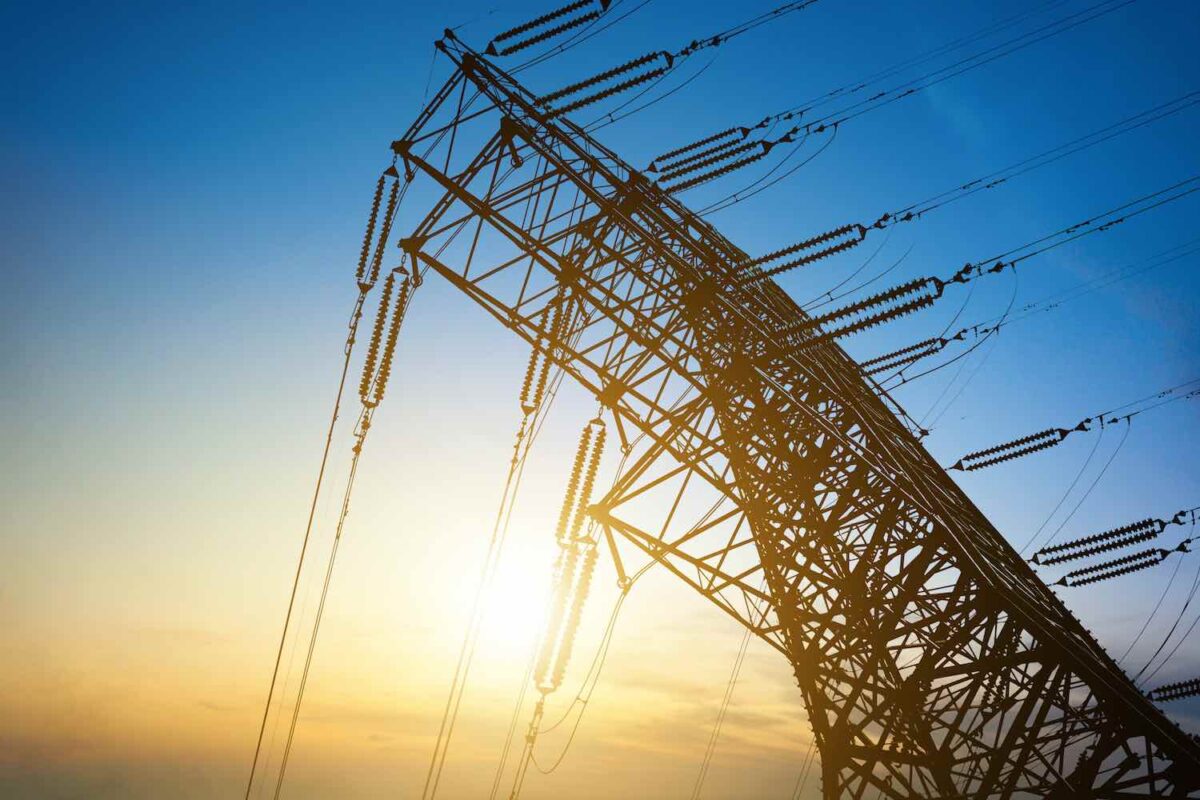The final route for the New South Wales section of the VNI West, one of Australia’s most controversial grid upgrade projects, is on track to be locked in by the end of March, following the release this week of a short-list of four possible pathways.
VNI West, which is being developed by network company Transgrid in partnership with Transmission Company Victoria (TCV), is a second link between Victoria and NSW that connects the Western Renewables Link at Bulgana in Victoria with the NSW EnergyConnect Project at the Dinawan substation, via a new substation near Kerang.
The $3.4 billion, 800km project is one of the more hotly contested “priority projects” in the Australian Energy Market Operator’s 30-year planning blueprint, attracting criticism over visual and environmental impacts and over whether it offers best value for money and integration of renewables.
Transgrid said on Tuesday that the Draft Route Report for VNI West shows sets out the four short-listed routes for the NSW section of the project – and explains how and why the preferred route was selected for the section linking the Dinawan substation to the Murray River in NSW.
“It is one of four routes considered in the planning process and this report outlines all options, the benefits and risks for each and the community and stakeholder consultation which supported the process,” said project manager Colin Mayer.
“We strongly encourage people to review the information and provide us with their feedback on this critical transmission project.”
Transgrid says the final route will be confirmed in late March, kicking off studies to assess environmental and social impacts as part of the formal environmental assessment and approvals process.
Transgrid and AEMO Victoria Planning last May revised the preferred route the project, that starts on the north-west outskirts of Melbourne and stretches over 800km to Wagga Wagga in the south west of NSW, via Bulgana, Kerang and Dinawan in Victoria.
The biggest change in the preferred route was the location of the Murray River crossing, which was moved about 50km north to avoid wetlands and endangered bird species, and the creation of a new “area of interest” (shaded purple in the map below) to allow broader consultations with landowners over access and compensation.
The new route did little to appease critics, however, instead prompting the Moorabool and Central Highlands Power Alliance to submit a notice of dispute to the AER, and a proposal for a shorter, cheaper Plan B from a group led by Victoria Energy Policy Centre head Bruce Mountain, transmission industry veteran Simon Bartlett, and Darren Edwards, the director of the Energy Grid Alliance.
The dispute claimed the revised route had failed to “maximise the present value of net economic benefit to all those who produce, consume and transport electricity in the market.” Other arguments included that AVP and Transgrid did not comply with consultation requirements, or with various other obligations required under the national energy rules.
But in a decision published in October, the AER said the grounds raised did “not provide a basis to require AVP and Transgrid to amend their VNI West RIT-T PACR,” referring to the regulatory investment test process used to identify the best transmission investment option.

“The release of the Draft Route Report follows extensive consultation with communities and landowners throughout last year which led to an expansion of the corridor footprint,” Transgrid said on Tuesday.
“Amendments were made to the corridor in a number of locations in direct response to landowner feedback. Considerations of local environment and agricultural land use, cultural heritage and biodiversity have also informed the planning for the preferred route.” (See map, above.)
Community information sessions will continue to be held with residents, businesses, landowners, and councils about project planning before finalising the route, Transgrid says. Submissions can be emailed to [email protected].
For the Victorian section of the project, VNI West, TCV announced a 2km-wide draft corridor in October last year. TCV’s team of Landholder Liaisons are currently working closely with landholders in the draft corridor to help find the best route for the ~100m wide easement.
In the coming 12-18 months, TCV will undertake extensive studies including ecology, agriculture, cultural heritage, and social values as part of the planning and approvals process for the project.
TCV expect to have a good idea of the indicative easement later this year although the final alignment for transmission will not be confirmed until state and federal planning and environmental approvals are granted. Construction is not expected to commence before 2026.










